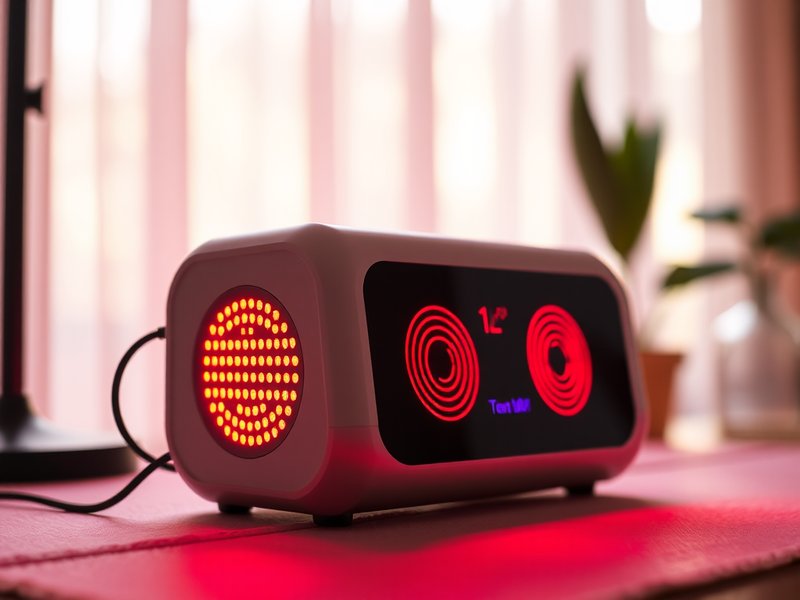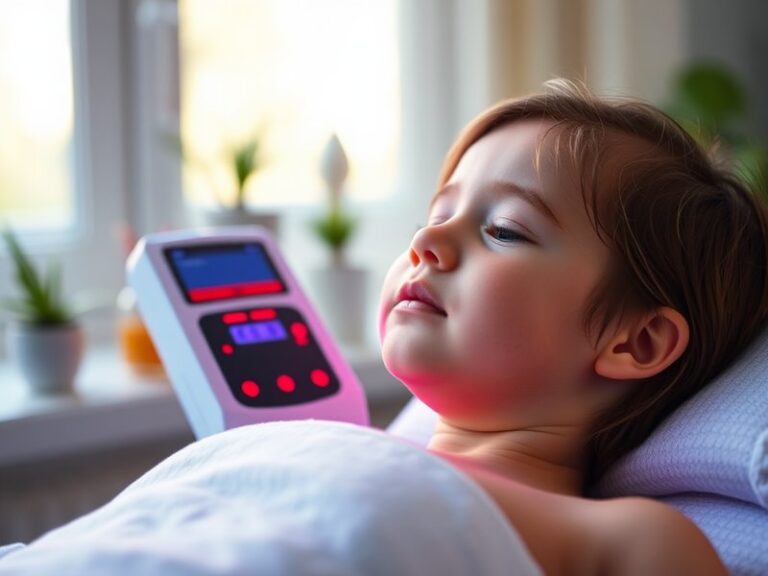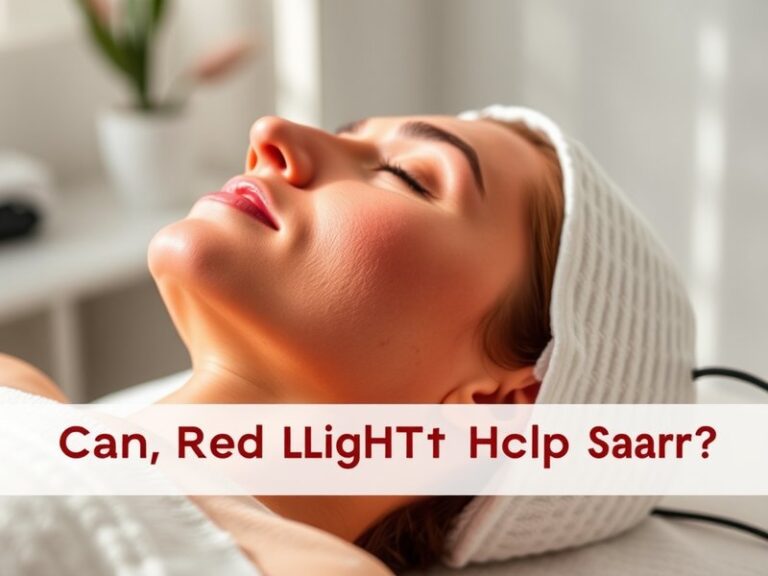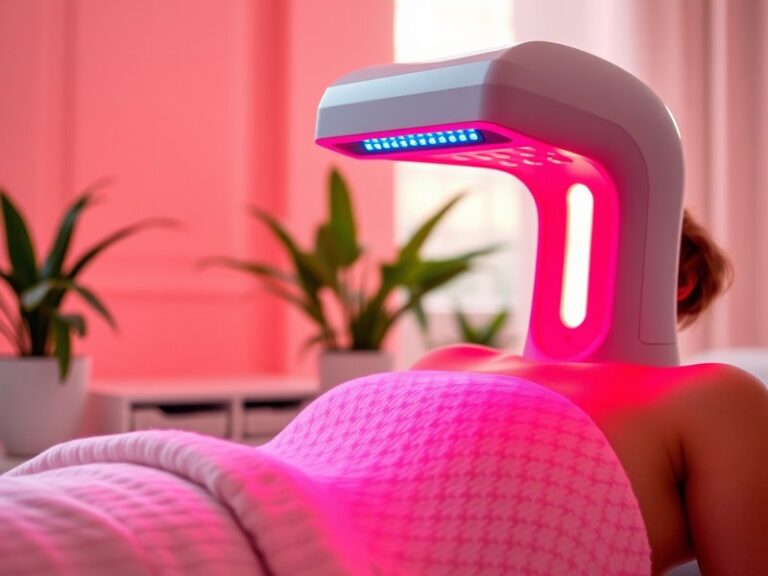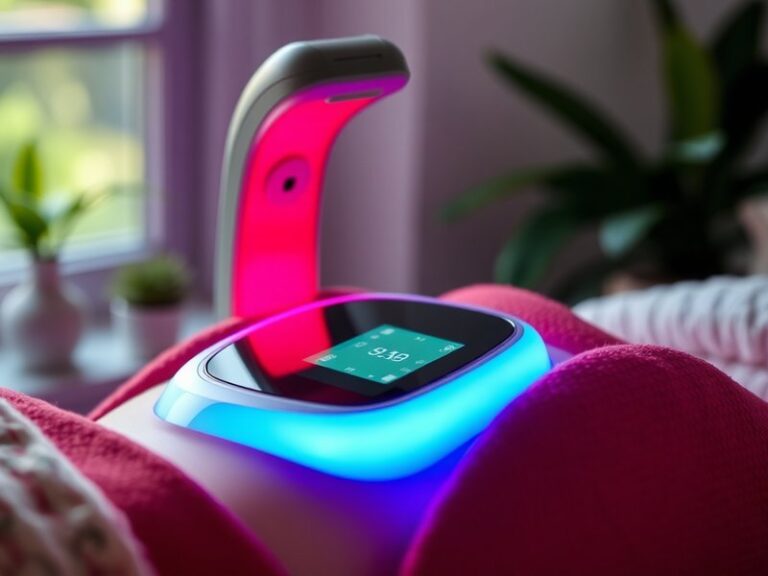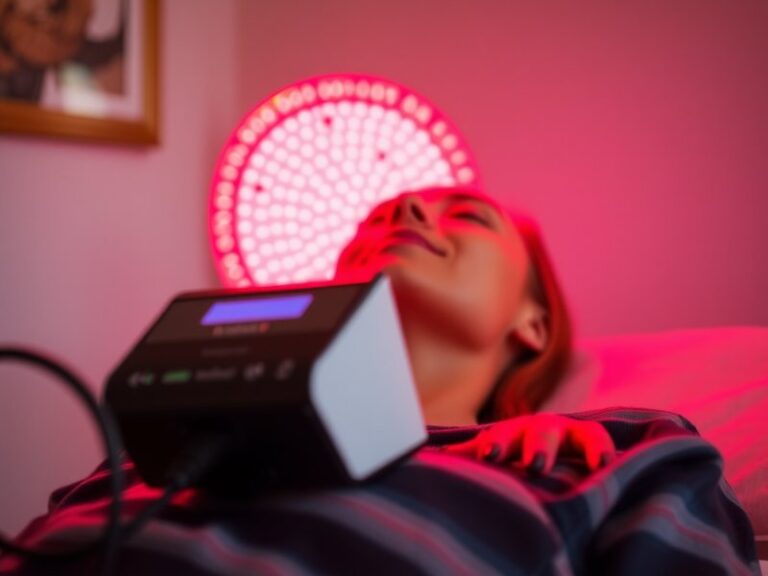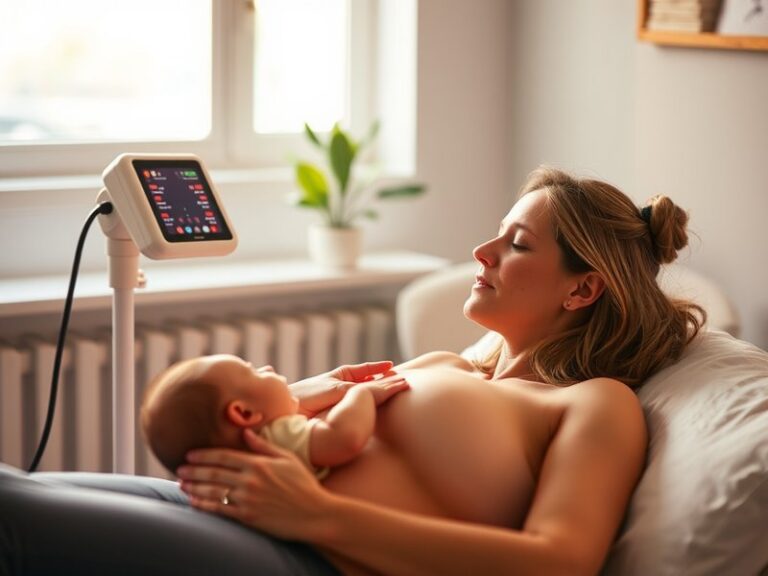What Kind Of Lights Are Used In Red Light Therapy?
What Kind of Lights Are Used in Red Light Therapy?
Have you ever wondered how red light therapy works and what kinds of lights are used to harness its benefits?
In this article, we will explore the different types of lights used in red light therapy, their benefits, considerations for use, and alternatives. By the end, you’ll have a clearer understanding of how this innovative treatment method functions and what to look for if you’re considering it.
Key Takeaways
- Red light therapy primarily utilizes LED and laser lights to penetrate the skin and promote healing.
- The specific wavelengths used, typically ranging from 600 to 900 nanometers, are crucial for the therapy’s effectiveness.
- Understanding the differences between light types and their applications is essential for maximizing the benefits of treatment.
What is Red Light Therapy?
Red light therapy (RLT) involves exposing the body to low-level wavelengths of red and near-infrared light. These wavelengths are capable of penetrating the skin and stimulating cellular processes, leading to various health benefits.
RLT is commonly used for skin rejuvenation, pain relief, improved muscle recovery, and even hair growth. The therapy can be administered in various settings, including clinics, spas, and at home with portable devices.
Types of Lights Used
The most common light sources in red light therapy are:
- LED Lights: These lights are energy-efficient and emit specific wavelengths of red and near-infrared light. They are widely used in handheld devices and larger therapeutic panels.
- Laser Lights: Lasers emit concentrated light at specific wavelengths. They are often used in professional settings for precise treatments and can penetrate deeper into tissues.
- Incandescent Lights: Some devices may use infrared incandescent bulbs, although they are less common due to lower efficiency and heat output compared to LEDs and lasers.
What are the Benefits of Red Light Therapy?
Red light therapy offers a range of health benefits, particularly when utilized correctly and consistently. The following points highlight some key advantages.
Get the full context in Red Light Therapy Cost Per Session
Enhances Skin Health
RLT is known for its ability to rejuvenate the skin. Research has shown that red light can increase collagen production and improve the appearance of fine lines, wrinkles, and scars.
Reduces Inflammation and Pain
Many users report significant pain relief after sessions of red light therapy. This benefit, attributed to its anti-inflammatory properties, can help those suffering from chronic conditions like arthritis or muscle strain.
Improves Muscle Recovery
Athletes frequently use RLT to speed up recovery times. The therapy enhances circulation and reduces muscle soreness, enabling quicker return to activity.
Promotes Hair Growth
Red light therapy has shown promising results in treating hair loss. By stimulating hair follicles, it may enhance hair growth in certain individuals, particularly those with androgenetic alopecia.
Boosts Healing
RLT can accelerate the healing process for wounds and injuries. By promoting cellular repair, it aids in faster recovery times for a variety of ailments.
Is it Possible to Use Red Light Therapy at Home?
Yes, red light therapy can be performed at home using a variety of devices designed for personal use. With increasing interest in wellness and self-care, many people are investing in portable RLT systems.
What are the Advantages of Home Use?
- Convenience: Using RLT at home allows for flexible treatment schedules, accommodating individual lifestyles.
- Cost-Effective: While initial investment may seem high, using home devices can save money compared to regular visits to a clinic.
- Control Over Treatment: Individuals can determine the frequency and duration of their sessions, tailoring the therapy to their specific needs.
What are the Disadvantages of Home Use?
- Lack of Professional Guidance: Users may not receive personalized treatment recommendations, which could affect outcomes.
- Potential for Misuse: Without expert advice, users might misuse devices, either by overusing them or not using them effectively.
- Variability in Device Quality: Home devices may vary significantly in quality and efficacy, leading to inconsistent results.
What are the Things to Consider Before Using Red Light Therapy?
Before starting red light therapy, it’s essential to consider several factors to ensure safe and effective use.
Consult a Healthcare Provider
It’s advisable to consult a healthcare professional before starting RLT, especially for those with pre-existing health conditions. This step can help determine if the therapy is suitable and beneficial.
Research Device Quality
When selecting a device for home use, research is vital. Look for devices with quality certifications and verified effectiveness through clinical studies.
Follow Manufacturer Instructions
Always adhere to the manufacturer’s usage guidelines regarding duration and frequency of sessions to avoid adverse effects.
Assess Specific Goals
Identify your goals for therapy. Different conditions may require different devices or wavelengths, so understanding your objectives can guide your choices.
What are the Alternatives to Red Light Therapy?
While red light therapy offers numerous benefits, various alternatives can also promote healing and wellness.
Cold Laser Therapy
Similar to RLT, cold laser therapy uses low-level laser light to stimulate healing without heat. This option is frequently used for pain management.
Massage Therapy
Massage provides numerous health benefits, including relaxation, pain relief, and improved circulation, serving as a viable alternative or complementary therapy.
Ultrasound Therapy
Ultrasound therapy uses sound waves to promote healing and reduce inflammation. It is commonly utilized in physical therapy to treat injuries.
Photobiomodulation
Related to RLT, photobiomodulation refers to the use of light to elicit biological responses. It encompasses a broader range of light treatments, offering similar benefits.
Conclusion: Is it Recommended to Use Red Light Therapy?
In summary, red light therapy can be a beneficial treatment for various health conditions, promoting skin health, reducing pain, and enhancing recovery. However, potential users should carefully consider device quality, consult healthcare providers, and assess their individual treatment goals before use. Whether choosing professional sessions or home devices, RLT can play a valuable role in a holistic health strategy.
Frequently Asked Questions
What wavelengths are most effective in red light therapy?
The most effective wavelengths for red light therapy typically range between 600 and 900 nanometers. These wavelengths penetrate the skin effectively, maximizing therapeutic benefits.
How often should I use red light therapy?
Usage frequency can depend on individual goals and the specific device used. Generally, sessions can range from a few times a week to daily applications, but personal consultation is recommended for tailored advice.
Are there any side effects associated with red light therapy?
Red light therapy is generally considered safe, with minimal side effects. Some individuals may experience temporary warming or irritation of the skin, which usually subsides quickly.
Can I use red light therapy with other treatments?
In most cases, red light therapy can be safely used alongside other treatments. However, it’s best to consult with a healthcare provider to ensure compatibility and avoid potential interactions.
Explore Does Red Light Therapy Work?
Is red light therapy suitable for everyone?
While many people can benefit from red light therapy, certain individuals, such as those with specific skin conditions or light sensitivity, should seek professional advice before starting treatment.
